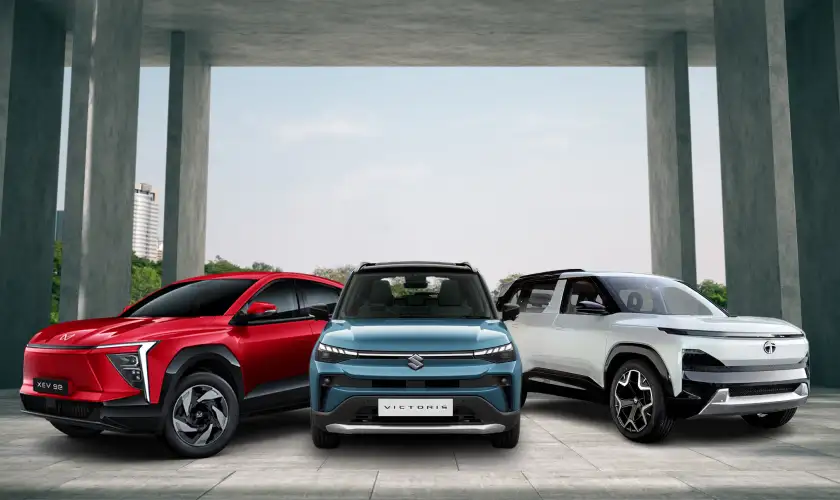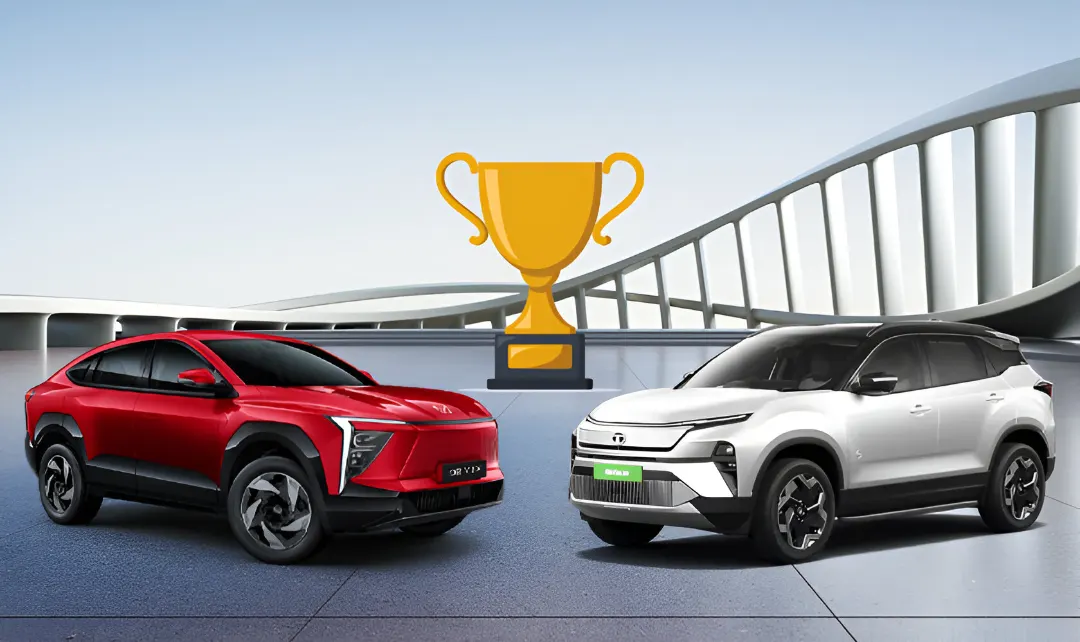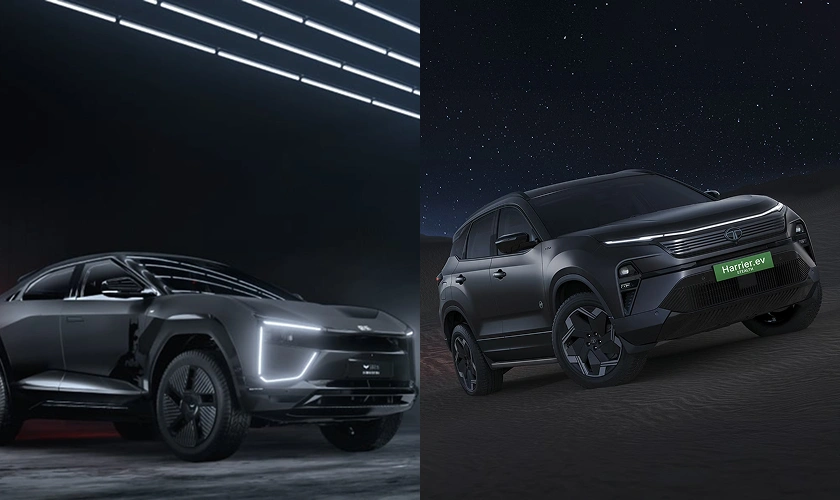Tata Harrier.ev vs Mahindra XEV 9e – Which Electric SUV Offers Better Value for Money?
- Tata Harrier.ev vs Mahindra XEV 9e comparison.
- Price, range, features, and more.
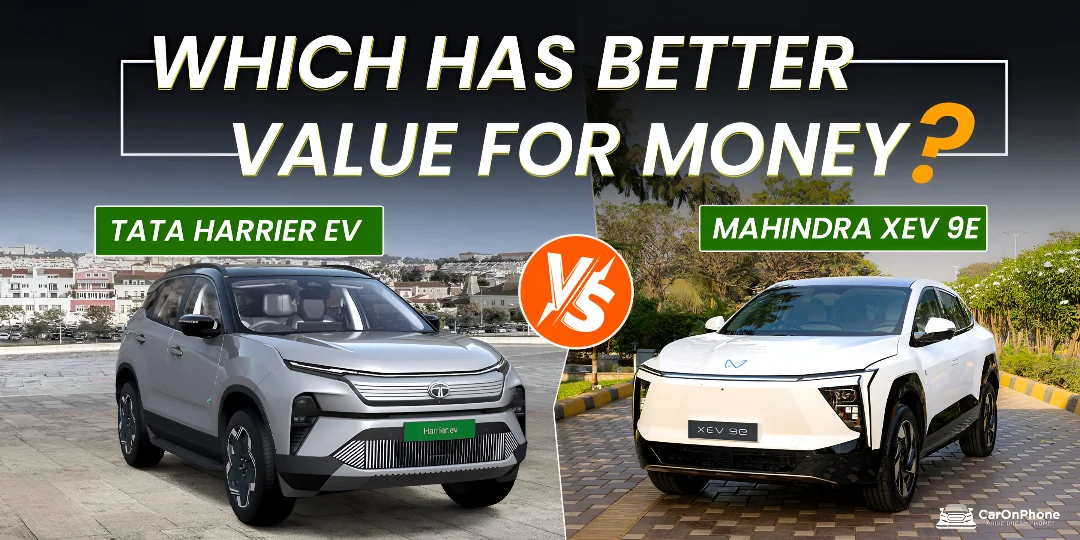
Harrier EV vs XEV 9e is the showdown India’s EV fans have been waiting for. We pit Tata’s latest electric SUV against Mahindra’s flagship to see where the real value lies. This guide covers claimed range figures, price tags, and charging muscle among the best electric SUV India options. By zeroing in on specs and real world practicality, you can decide which Tata vs Mahindra EV makes more sense.
Article Chapters
Which SUV goes further? Range comparison
When it comes to pure numbers, the Mahindra XEV 9e claims up to 656 km on a single charge versus the Tata Harrier EV’s 622 km.
Independent tests and early owners report real world figures closer to 450–500 km for the XEV 9e and 400–450 km for the Harrier EV.
You’ll notice that both sit comfortably in the top tier of range comparison in India, giving buyers plenty of flexibility for intercity runs or weekend escapes.
How do they stack up on price?
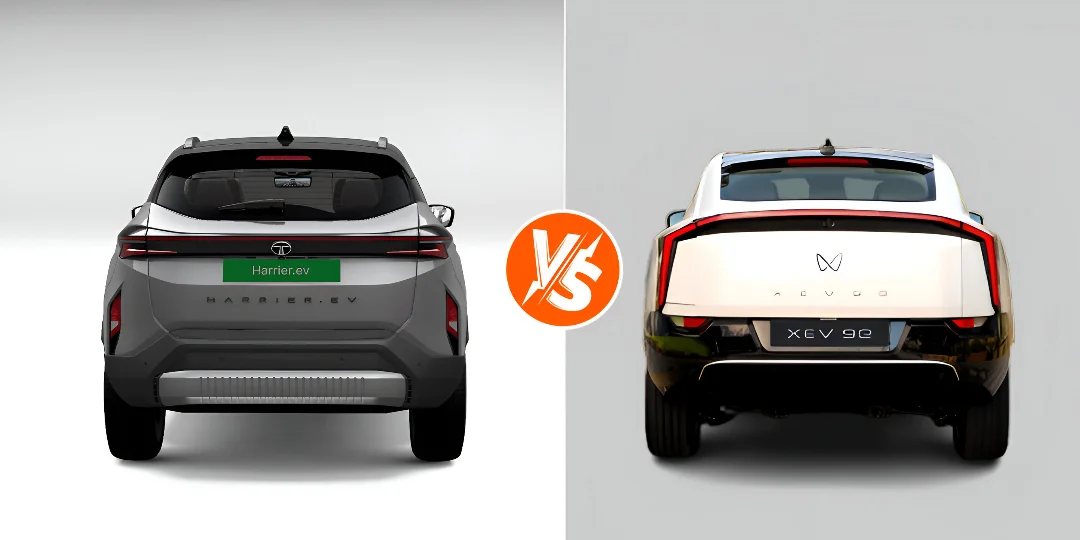
The Tata Harrier EV Adventure 65 kicks off at ₹21.49 lakh ex-showroom, while the Mahindra XEV 9e Pack One starts at ₹21.90 lakh in Delhi.
On-road figures in the capital city balloon to roughly ₹31.91 lakh for the Harrier EV and ₹32.98 lakh for the XEV 9e thanks to insurance, registration, and taxes.
That slight price gap means you get an extra ₹40,000 of kit or range when choosing the Tata, but Mahindra’s boot space and torque bump fill out the counteroffer.
Power and performance – what’s under the hood?
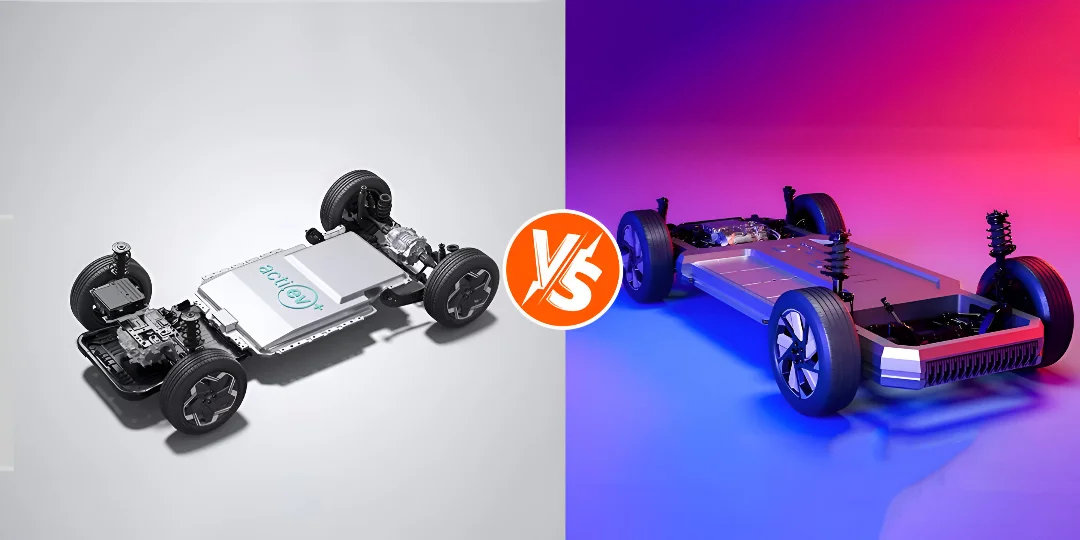
Harrier EV’s electric motor delivers 235 bhp and 315 Nm of torque. This helps it accelerate from 0–100 km/h in a claimed 6.8 seconds.
The XEV 9e musters 228 bhp and a stronger 380 Nm. It provides linear throttle feel that some drivers prefer to perform smoother overtakes.
In everyday driving, Tata’s extra horsepower can feel punchier, and Mahindra’s torque curve can keep you going with less fuss.
Charging, comfort, and cargo
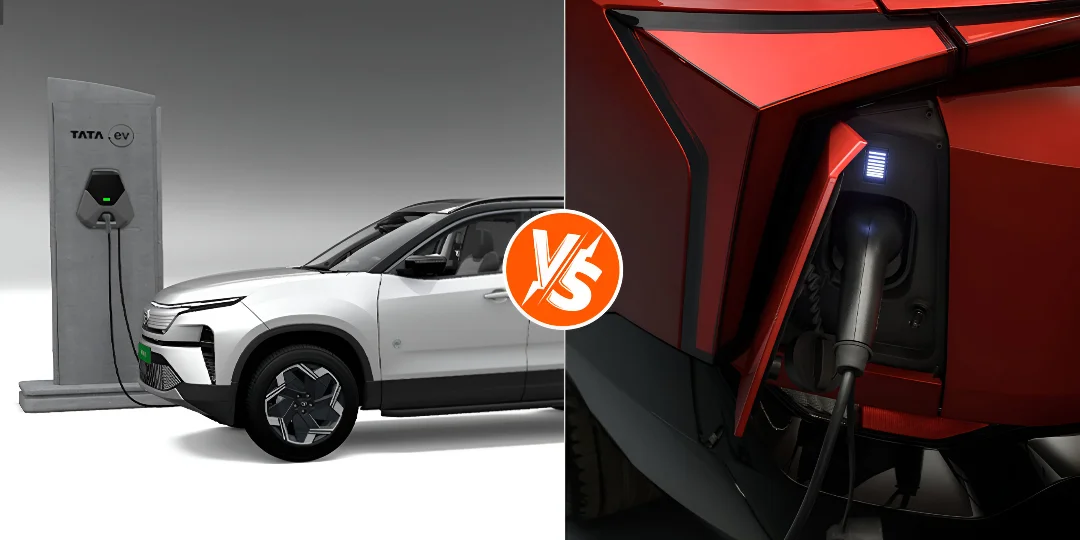
Plugged into a public DC fast charger, the Harrier EV tops up from 20-80% in about 25 minutes on a 120 kW unit. The XEV 9e scoops 20–100% in roughly 20 minutes on a 140 kW charger.
Home AC charging takes around 9.3 hours on Harrier’s 3.3 kW wall box and about 6 hours on the XEV 9e’s 11.2 kW setup.
Cargo space is a standout for Mahindra at 663 liters, versus 502 liters in Tata’s boot. Running costs hover around ₹1.20 per km for both models.
So which one delivers better value?
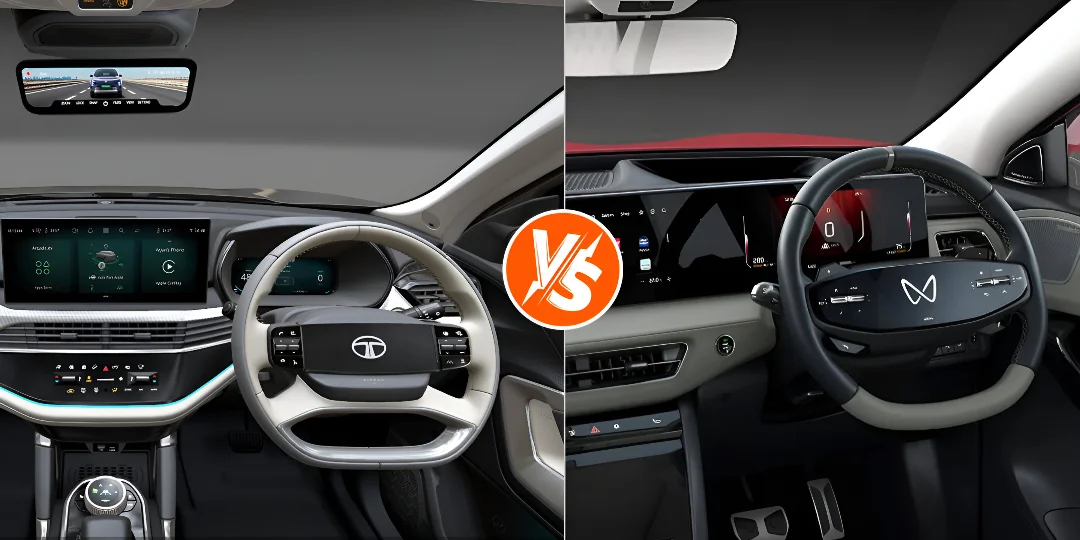
Both SUVs rank among the best electric SUV India buyers can pick right now. The XEV 9e wins on claimed range and sheer cargo capacity. The Harrier EV counters with a lower starting price, sharper performance, and a more premium cabin feel.
If weekend road trips and family luggage are priorities for you, Mahindra makes sense. If daily bursts of torque, snappier charging, and a sportier vibe excite you, Tata tops the Tata vs Mahindra EV value chart.
Tags:
CarOnPhone is your one-stop destination to see all upcoming cars, latest cars, released cars, and EV Cars, and compare Cars in all Car Brands. Stay tuned and follow us to update yourself on the automotive world.



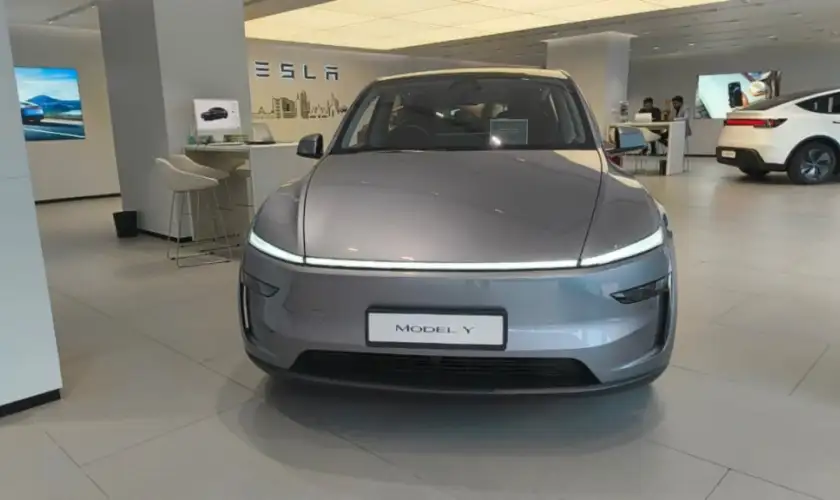

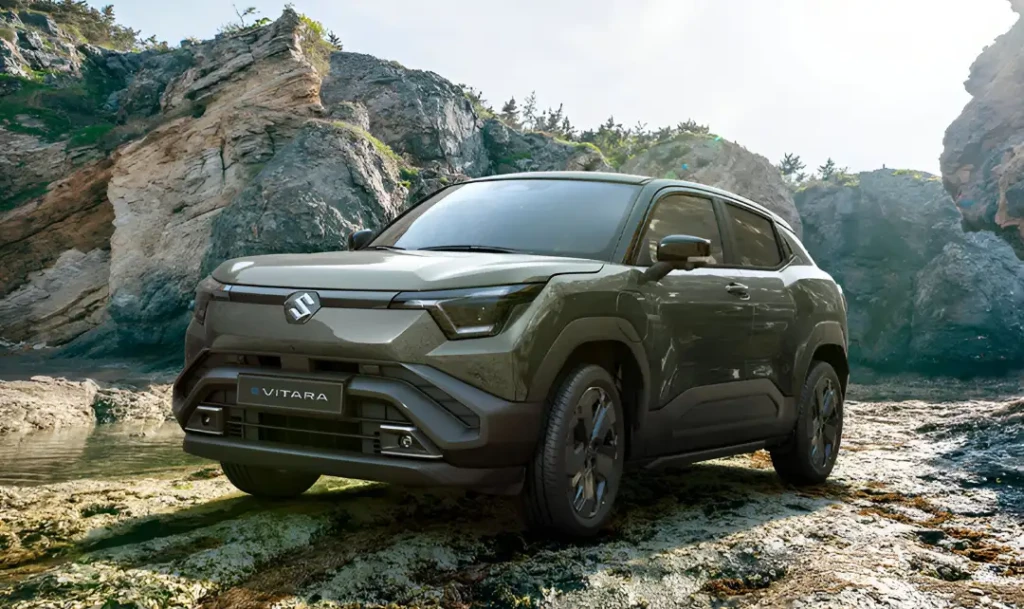

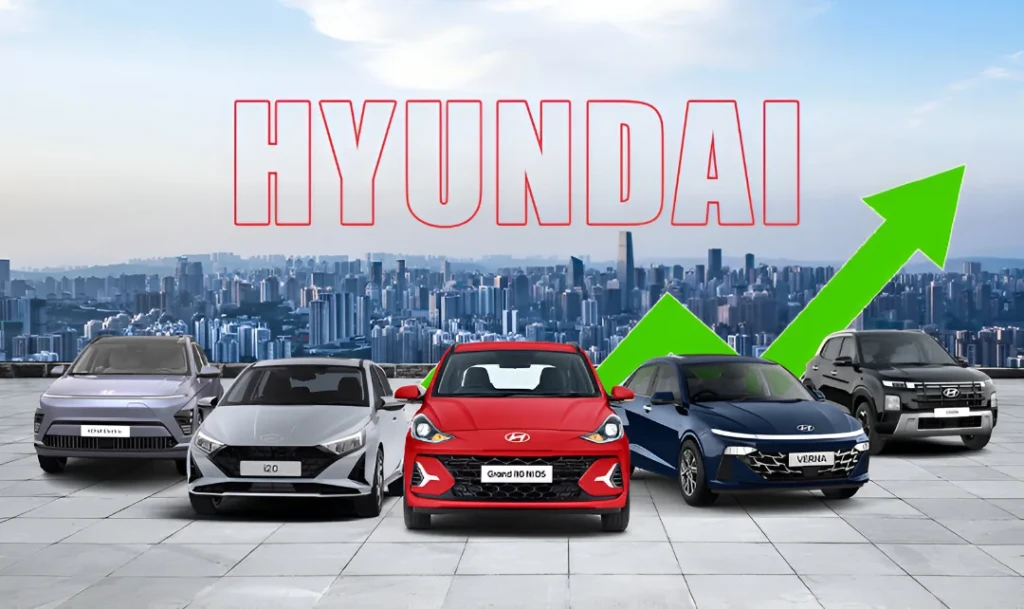

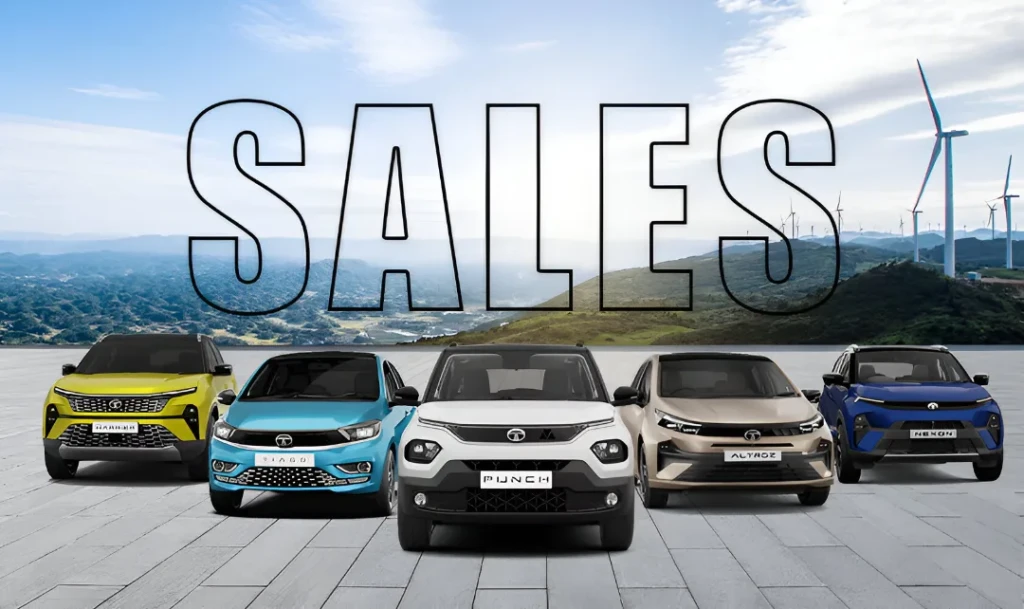





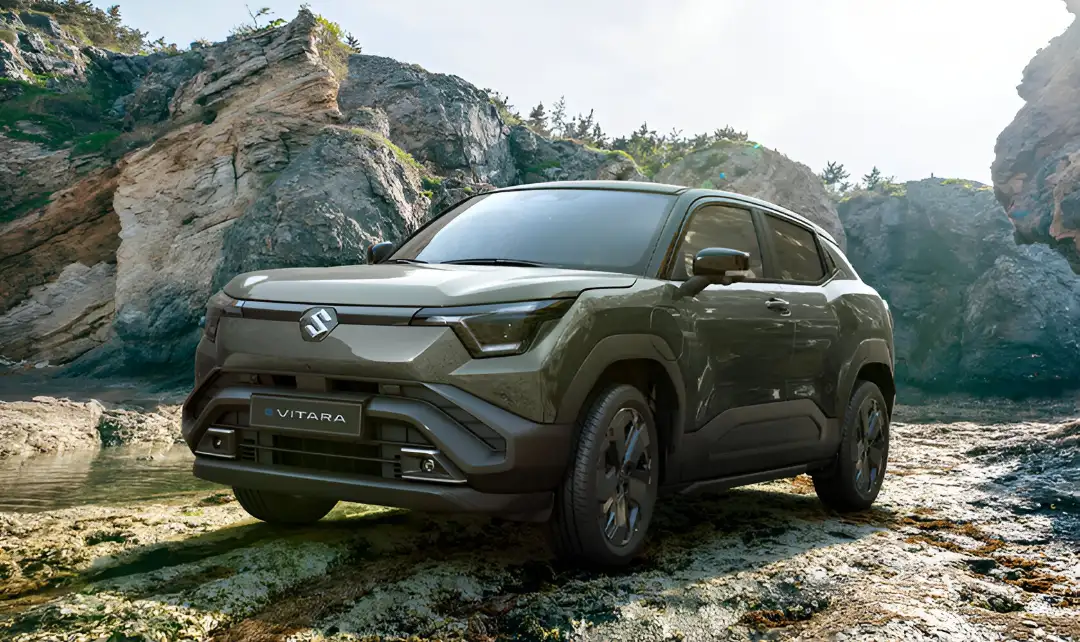
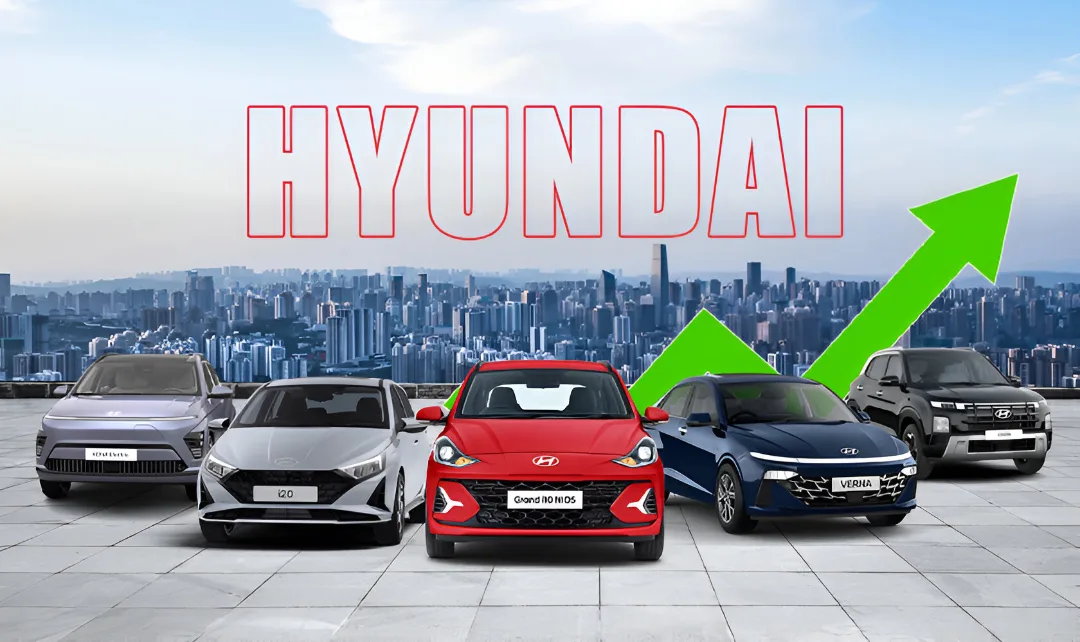
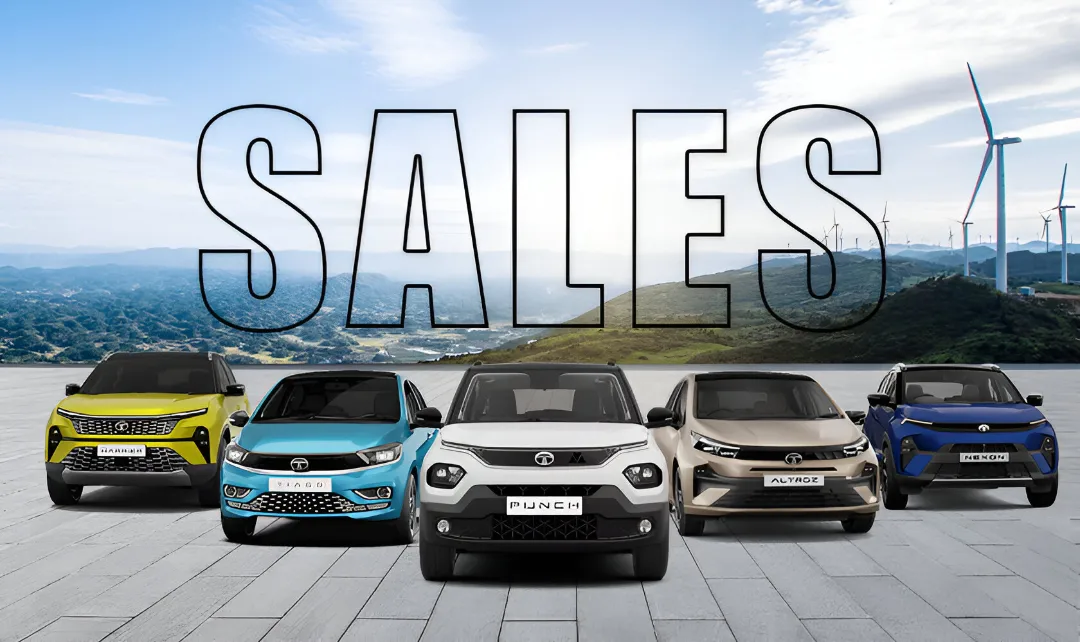
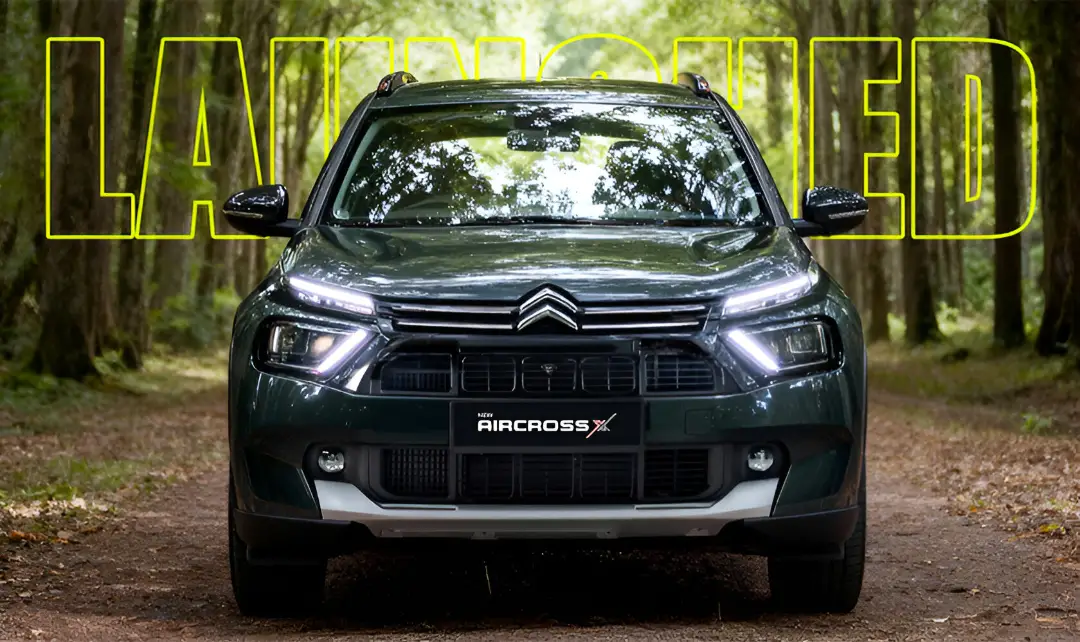
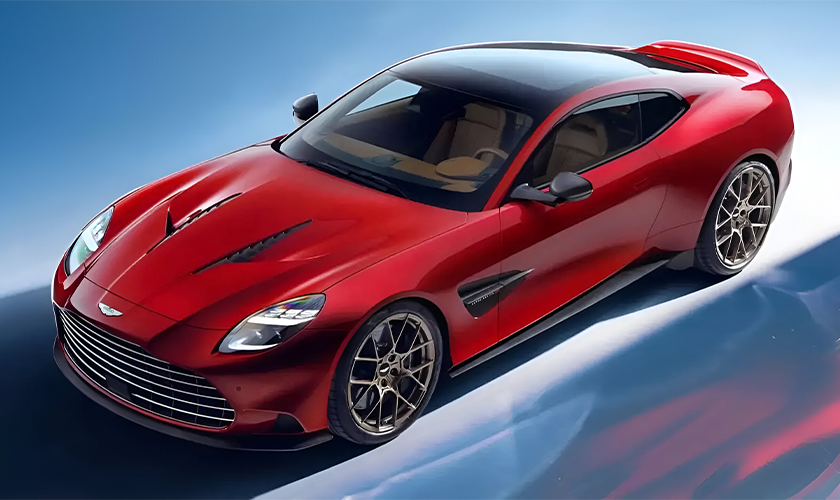
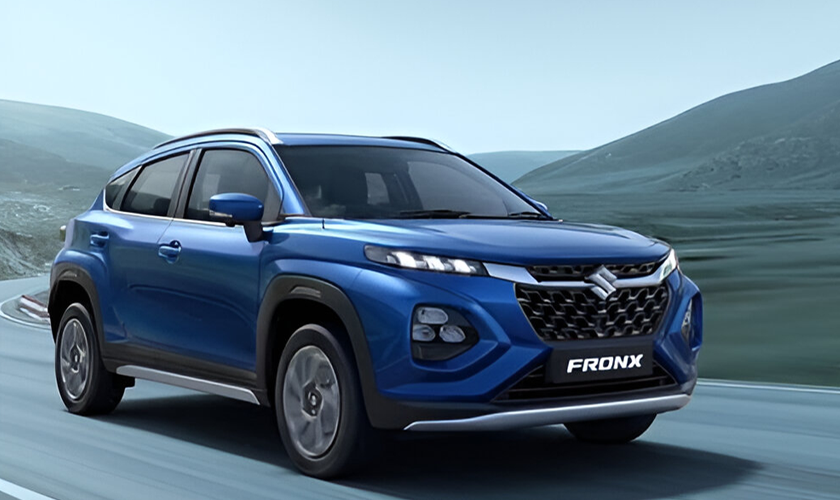
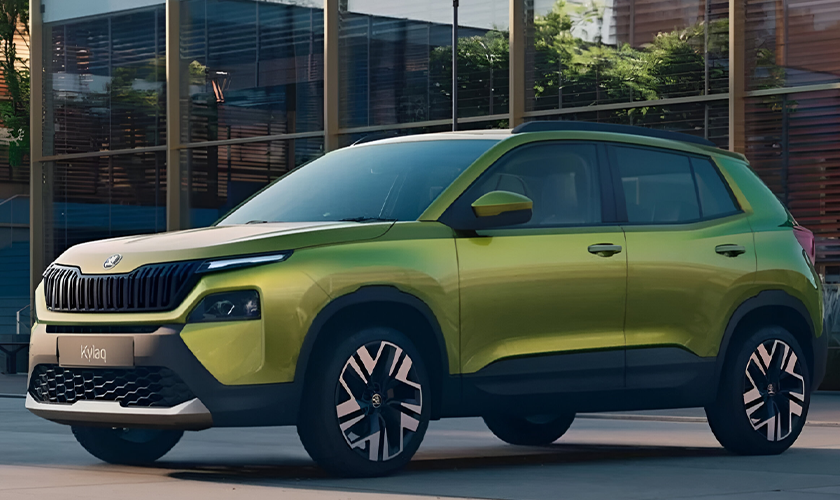
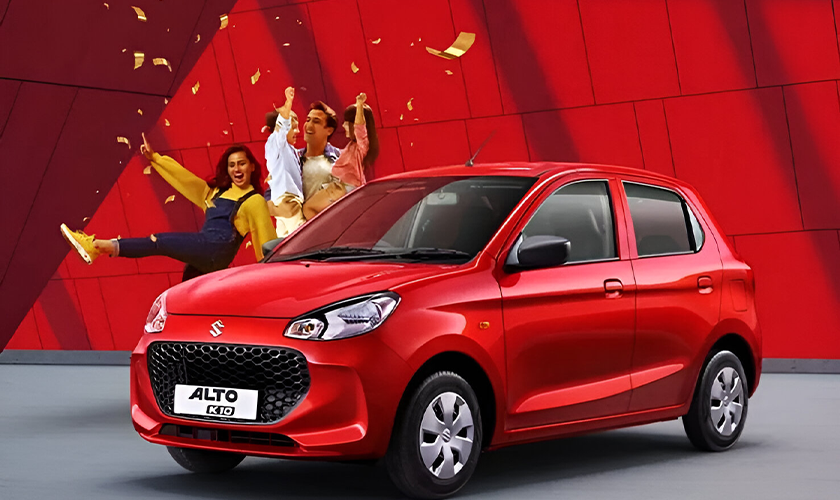
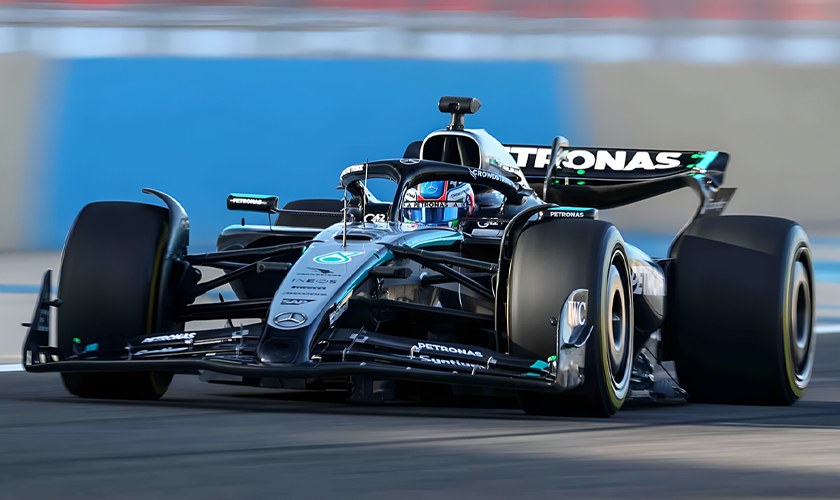

 Caronphone
Caronphone 